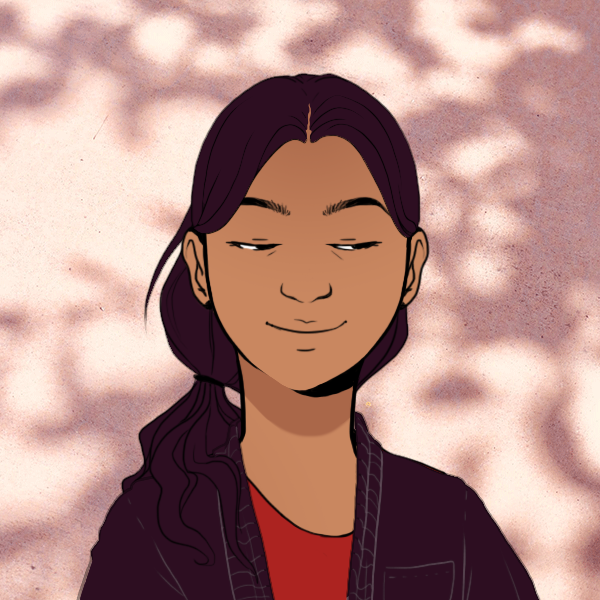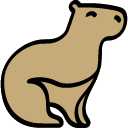
LANGUAGE
What’s in a language?

His tongue sounded harsh and erratic, but only until I have come to know the words and felt and saw his good intentions.
Nef’sheherezed
There’s a lot that a language needs to actually BE a language. It’s not just the words or sounds. How do you sequence the words to make a sentence? And what does a word MEAN, exactly?
Grammar
The structural rules on how to use all elements of a language. Including but not limited to: word order in a sentence, how words may change and what a word actually means. When it comes to grammar, there are certain sections a linguist can focus on, such as …
- Phonology – How does the language sound? What sounds does it feature? What sound combinations are permitted?
- Morphology – What makes a word? Can you add stuff to the front, the back or in between and does it mean something completely different then? What’s the core of a word?
- Syntax – This is how we make a sentence. What are typical word orders in a sentence? How do you negate, question or affirm? Subject – Verb – Object?
- Semantics – What does a word mean, actually? And what does a combination of words in a sentence mean, actually? There are people saying “Bless your heart.” – and it does not mean what you think it means.
- Pragmatics – Some cultures have more, some less social “obligations” concerning who is allowed to use what word and when. Just take a look at Japanese, for example. Honorifics and gender play a big role.
- Vocabulary – Probably one of the most well-known terms. Gather all the words in a dictionary and feature them in a typical sentence.
Dictionary (Lexicon)
The lexicon is the entire vocabulary of a language, meaning the collection of all words and expressions. The vocabulary of a language depends on the culture, environment, and needs of its speakers. A culture’s lexicon will also change over time. Some words will be forgotten, might change their meaning or even straight up yoinked from other languages.
Writing (Orthography)
A writing system is a culture’s try to visually represent their language. What their alphabet(s) looks like is heavily influenced on what they used to write on and who did the writing. Of course, this too is influenced by time itself – Did their writing tools change? Let’s look more into the different types of writings there are and in what “direction” they are going.
